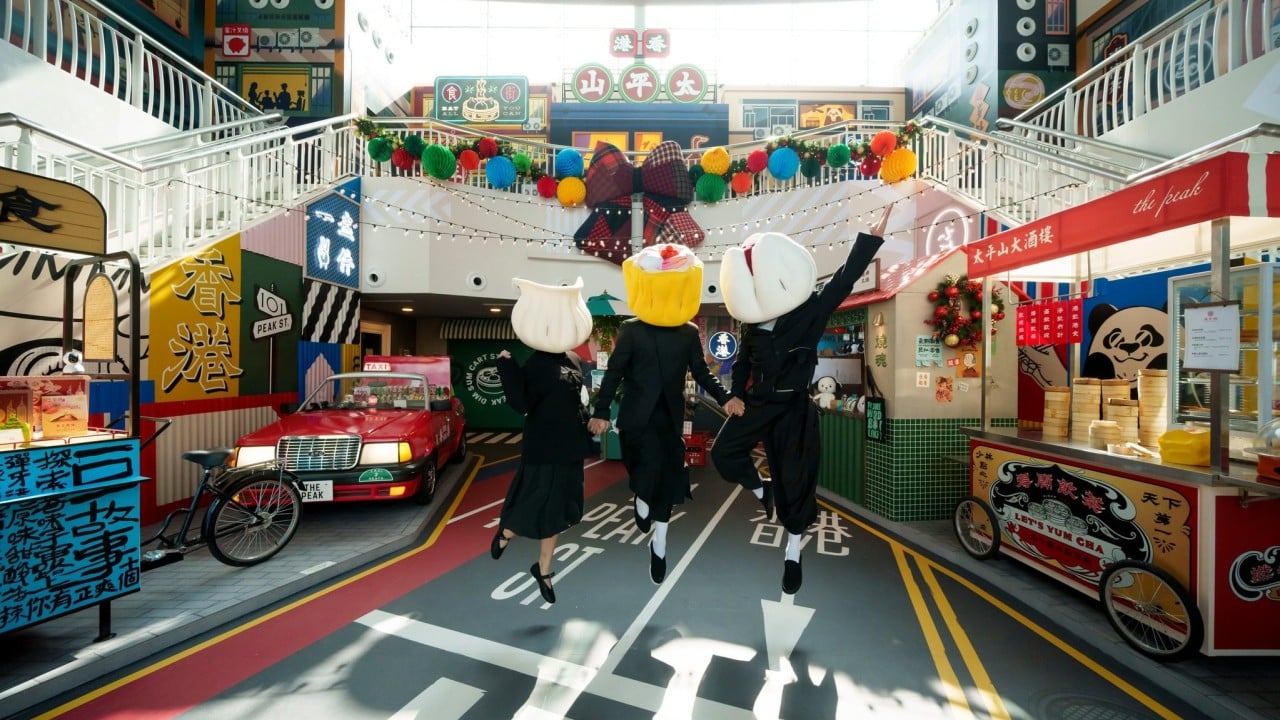Hong Kong Chief Executive John Lee Ka-chiu wrapped up his recent visit to the Asian Winter Games in Harbin with a local breakfast that “warmed” his heart. He not only met Hong Kong athletes but also visited cultural and tourism spots, including the famed Central Street, to learn how Harbin, also known as China’s Ice City, built its tourism industry.
Advertisement
Lee attributed the success of Heilongjiang, China’s northernmost province of which Harbin is the capital, to its focus on ice and snow, and lauded its integration of sports and cultural tourism as an inspiration for Hong Kong.
But although this is Harbin’s second time hosting the Asian Winter Games – the previous was in 1996 – its Ice City reputation goes back many decades more. The Harbin Ice and Snow World, which welcomed more than 3 million visitors this year, is just one part of the Harbin International Ice and Snow Sculpture Festival, an annual celebration that can trace its roots back to the 1960s.
In other words, while the Asian Winter Games are a tourism boost, Harbin’s attractiveness goes beyond such events and is deeply rooted in its local colour. What Hong Kong can learn from Harbin – and many other Chinese cities of allure – is that a city’s attractiveness has to come from within.
Hong Kong is seeking to boost its mega-event economy. Lee’s government expects the city to host more than 90 mega-events in the first half of this year alone, bringing in 840,000 tourists and around HK$3.3 billion (US$424 million) in spending. But how much do these events really showcase Hong Kong’s unique qualities?
Advertisement
Many Chinese cities have, in recent years, worked on building their own unique image. Harbin’s ice and snow activities, for instance, capitalise on the local weather. The city also does not shy away from its Russian legacy, with much well-preserved Russian-built architecture in evidence along the tourist thoroughfare of Central Street.

